- 143
- 165
Pfeiffer syndrome is a rare genetic disorder, characterized by the premature fusion of certain bones of the skull (craniosynostosis), which affects the shape of the head and face. The syndrome includes abnormalities of the hands and feet, such as wide and deviated thumbs and big toes.
Pfeiffer syndrome is caused by mutations in the fibroblast growth factor receptors FGFR1 and FGFR2. The syndrome is grouped into three types: type 1 (classic Pfeiffer syndrome) is milder and caused by mutations in either gene; types 2 and 3 are more severe, often leading to death in infancy, caused by mutations in FGFR2.
There is no cure for the syndrome. Treatment is supportive and often involves surgery in the earliest years of life to correct skull deformities and respiratory function. Most persons with Pfeiffer syndrome type 1 have a normal intelligence and life span; types 2 and 3 typically cause neurodevelopmental disorders and early death. Later in life, surgery can help in bone formation and facial construction.
Pfeiffer syndrome affects about 1 in 100,000 persons.
Many of the facial characteristics result from the premature fusion of the skull bones (craniosynostosis). The head is unable to grow normally, which leads to a high, prominent forehead (turribrachycephaly) and eyes that appear to bulge (proptosis) and are set wide (hypertelorism). In addition, there is an underdeveloped upper jaw (maxillary hypoplasia). More than half of children with Pfeiffer syndrome have hearing loss; dental problems are common. A baby with Pfeiffer syndrome may have a small, beak-shaped nose; crowded, crooked teeth; and sleep apnea, due to nasal blockage. There are three main types of Pfeiffer syndrome: type I is the mildest and most common; type II is the most severe, with neurological problems and a cloverleaf deformity; and type III is similar to type II, but without the cloverleaf deformity.
In people with Pfeiffer syndrome, the thumbs and first (big) toes are wide and bend away from the other digits (pollex varus and hallux varus). Unusually short fingers and toes (brachydactyly) are also common, and there may be some webbing or fusion between the digits (syndactyly).
The key problem is the early fusion of the skull, which can be corrected by a series of surgical procedures, often within the first three months after birth. Later surgeries are necessary to correct respiratory and facial deformities. Children with Pfeiffer syndrome types 2 and 3 "have a higher risk for neurodevelopmental disorders and a reduced life expectancy" than children with Pfeiffer syndrome type 1, but if treated, favorable outcomes are possible. In severe cases, respiratory and neurological complications often lead to early death.
- 16
- 72
Byford Dolphin Decompression Accident
On 5 November 1983 at 4:00 a.m., while drilling in the Frigg gas field in the Norwegian sector of the North Sea, four divers were in a decompression chamber system attached by a trunk (a short passage) to a diving bell on the rig, being assisted by two dive tenders. The four divers were
Edwin Coward (British, 35 years old)
Roy Lucas (British, 38 years old)
Bjørn Giæver Bergersen (Norwegian, 29 years old)
Truls Hellevik (Norwegian, 34 years old)[10]
Hellevik was about to close the door between the chamber system and the trunk when the chamber explosively decompressed from a pressure of nine atmospheres to one atmosphere in a fraction of a second. One of the tenders, 32-year-old William Crammond of Great Britain, and all four of the divers were killed instantly; the other tender, Saunders, was severely injured.[10]
The normal procedure would have been
1. Close the bell door.
2. The diving supervisor would then slightly increase the bell pressure to seal this door tightly.
3. Close the door between the trunk and chamber.
4. Slowly depressurize the trunk to 1 atmosphere.
5. Open the clamp to separate the bell from the chamber system.
The first two steps had been completed when, for an unknown reason, one of the tenders (Crammond) opened the clamp before Diver 4 (Hellevik) could close the door to the chamber. This resulted in the explosive decompression of the unsealed chamber. Air rushed out of the chamber with tremendous force, jamming the interior trunk door and pushing the bell away, striking the two tenders. The tender who opened the clamp was killed while the other was severely injured.
Coward, Lucas, and Bergersen were exposed to the effects of explosive decompression and died. Subsequent investigation by forensic pathologists determined Hellevik, being exposed to the highest pressure gradient and in the process of moving to secure the inner door, was forced through the 60 centimetres (24 in) in diameter opening created by the jammed interior trunk door by escaping air and violently dismembered, including bisection of the thoracoabdominal cavity which further resulted in expulsion of all internal organs of the chest and abdomen except the trachea and a section of small intestine and of the thoracic spine and projecting them some distance, one section later being found 10 metres (30 ft) vertically above the exterior pressure door.
(posting in honour of the Titan bullshit that's currently happening 



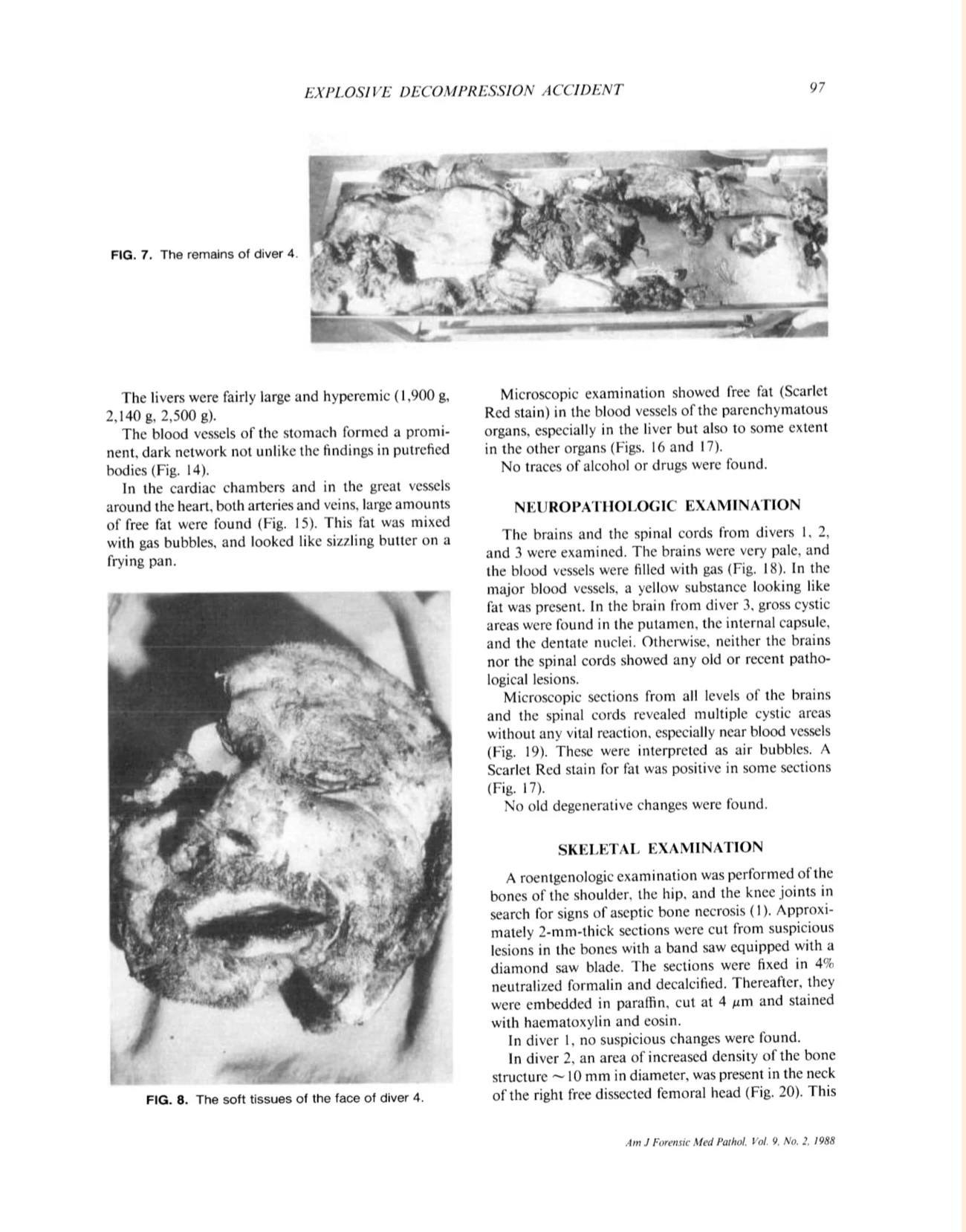


 )
)
- 13
- 61
Orozco the Embalmer is a 2001 Spanish-language Japanese mondo film directed by Kiyotaka Tsurisaki. It follows a Colombian embalmer named Froilan Orozco Duarte, who is shown living in El Cartucho, an impoverished and crime-ridden area of Bogotá, Colombia, where the homicide rate is high and corpses can be seen on the streets.
- 41
- 99
Baby Born With Intenstines And Heart Outside Body
This is an incredible case of ectopia cordis and omphalocele in a single case! The video shows the heart breathing outside the chest cavity, a condition called Ectopia cordis. This results from a failure of proper maturation of midline mesoderm and ventral body wall formation during embryonic development. The ectopic heart might be found in different anatomical locations such as neck, chest, or abdomen. In most cases, such as the one shown, the heart protrudes outside the chest through a split sternum. Omphalocele is a rare abdominal wall defect in which the intestines protrude through a hole is in the middle of the abdomen, right where the belly button would be. The intestines are covered only by a thin layer of tissue and can be easily seen. It is a type of hernia. The muscles in the abdominal wall (umbilical ring) do not close properly. As a result, the intestine remains outside the abdominal wall. In addition, these babies are often diagnosed with ascites, pleural effusions, a diahragmatic hernia and ventricular septal defect. The poor prognosis in such cases is related to the other associated malformations, complex cardiac abnormalites or difficulty returning the heart back into a small thoracic cavity.
Baby With Cancer In The Eye
Yusuf baby is 6 months old, ATME Idlib region lives in the camp, cancer had a congenital eye disease
Conjoined Twins Baby Born In Combodia
Phnom Penh, Cambodia: A pair of Siamese twins have been born in Cambodia, August 31, 2015. Unfortunately, they will most likely die.
Fetus born with a disformation in the face
Baby Born With Harlequin ichthyosis syndrome
Baby Born With Extremely Rare Deformity Is Rejected By His Mum 'For Looking Like An Alien' For one woman in India, her pregnancy provided a major shock. As the midwife delivered her child, everyone was shocked by what they saw. Even some in the village the baby be exiled because it was an “alien.” The mother, Khalida B. agreed. The infant was not normal. As a matter of fact, he looked very far from it. As you can see in video,the unnamed baby was born with bulging eyes, incredibly thick and dense skin, and more alarming, a lack of an upper skull with the child's brain being exposed. When Khalida finally got the boy to a set of doctors, they diagnoses him with Harlequin ichthyosis. The condition causes the organs to fail or develop wrong, and it turns the flesh very hard and thick. With a diagnosis in hand, Mom is learning to accept her child.
Extra, more newborns with this syndrome, not related to the previous video.
Baby With Harlequin Ichthyosis Syndrome In India/Pakistan
Baby boutta get burned alive for being a "demon"
Baby fetus with Harlequin-type ichthyosis, a rare genetic disorder.
Toddler With Genetic Disorder Crying
- 12
- 110
The decomposition of the human body can be divided into several stages. These stages are influenced by environmental factors such as temperature, humidity, and the presence of insects or other organisms.
Fresh stage: This is the initial stage of decomposition, which occurs immediately after death. The body is still relatively intact and appears normal, with a natural pallor due to the loss of blood circulation.
Early decomposition: This stage occurs within the first few days after death. The body begins to cool and becomes stiff, a process known as rigor mortis. As bacteria within the body begin to break down tissues, the body may develop a greenish or purplish discoloration known as livor mortis.
Bloat stage: This stage occurs within the first week after death. Bacteria within the body continue to break down tissues, producing gases that cause the abdomen to swell and the skin to take on a discolored, mottled appearance.
Active decay: This stage occurs within the first two to three weeks after death. The body begins to liquefy as bacteria continue to break down tissues, causing a strong, foul odor. Maggots and other insects may be present at this stage.
Advanced decay: This stage occurs within several weeks to several months after death. The body is now mostly bones and hair, and the odor is less intense.
Dry/skeletonization: This is the final stage of decomposition, which can take several months to several years, depending on environmental factors. The body is now reduced to dry bones and hair.
It's worth noting that decomposition can be slowed down by embalming process and it's not always follow the exact stages described above. Also, the stages of decomposition may be different for bodies that are buried underground and those that are exposed to the elements.
- 26
- 155












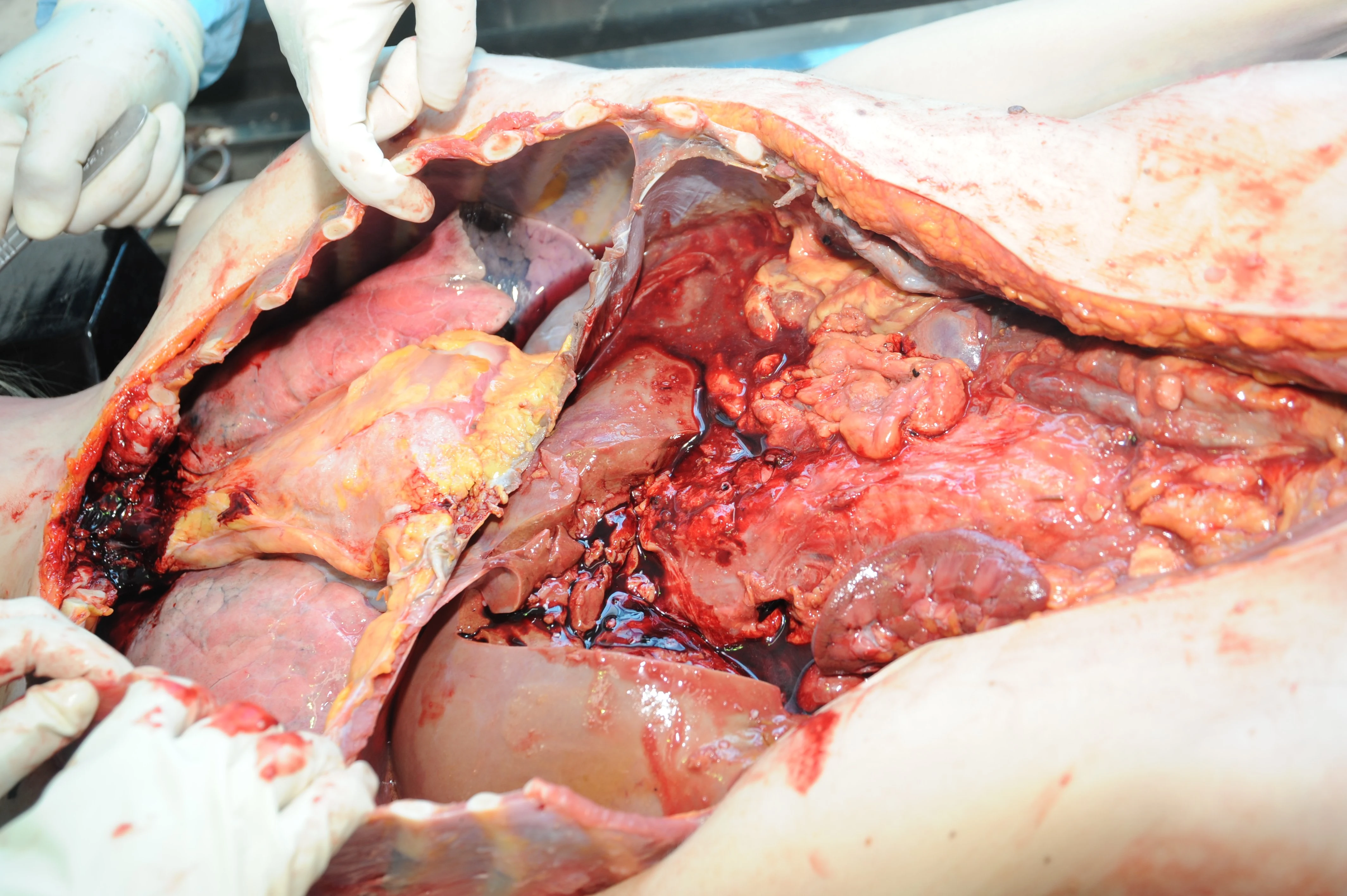


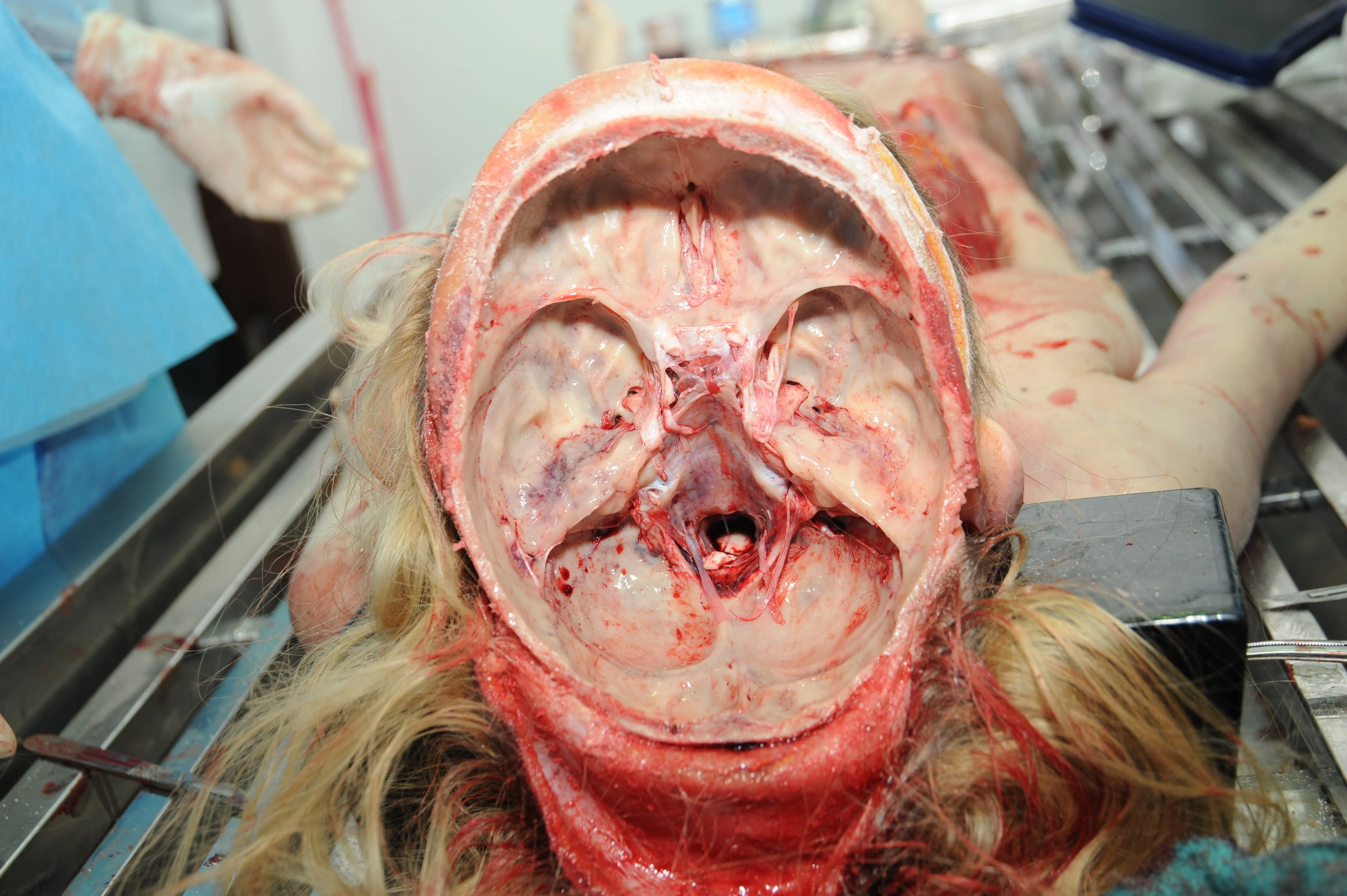











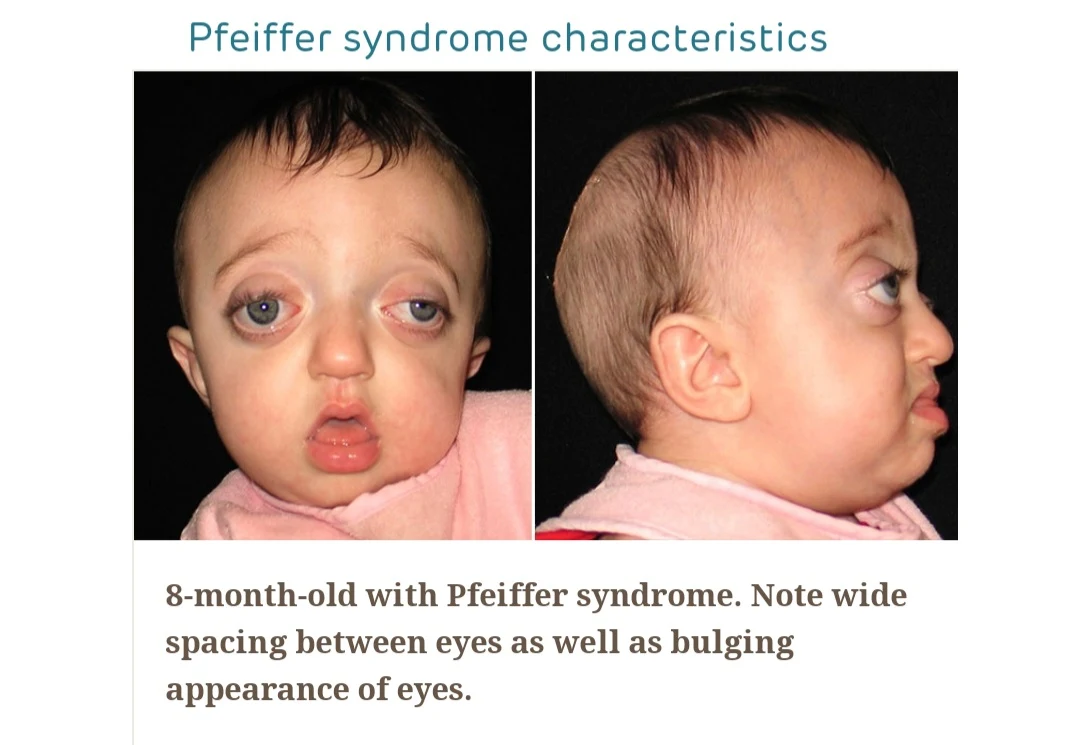















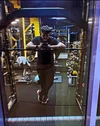
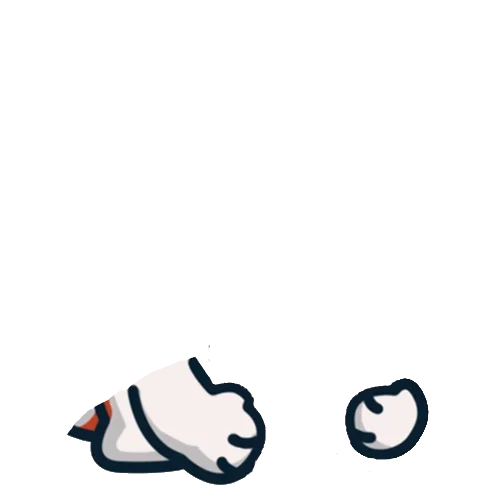







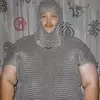







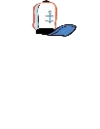










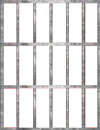
















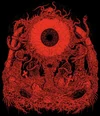



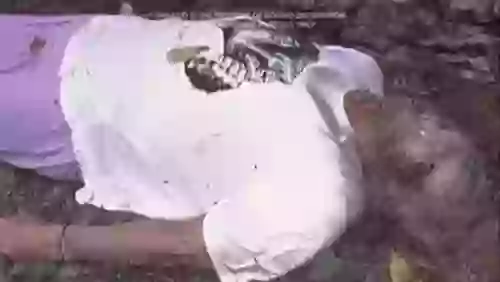


 Posting medical gore is my thing
Posting medical gore is my thing







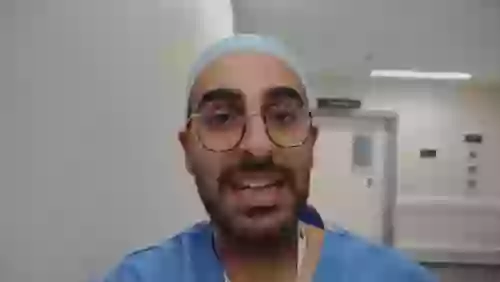



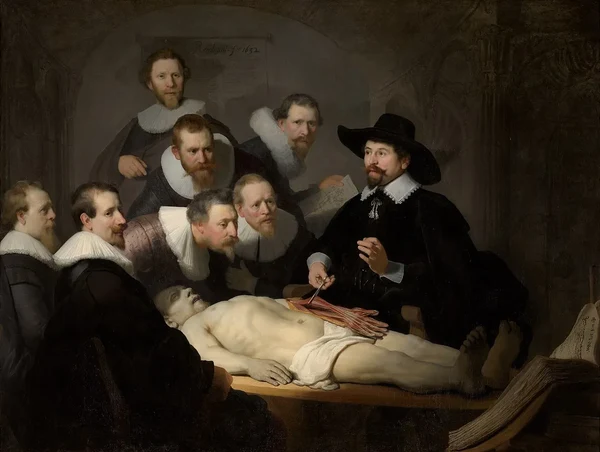

 Slavshit
Slavshit

 Sandshit
Sandshit
